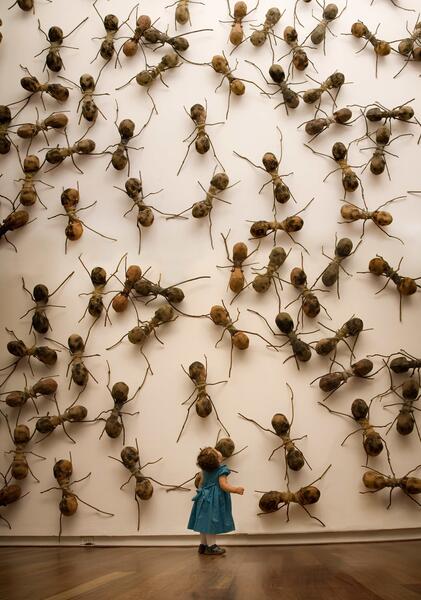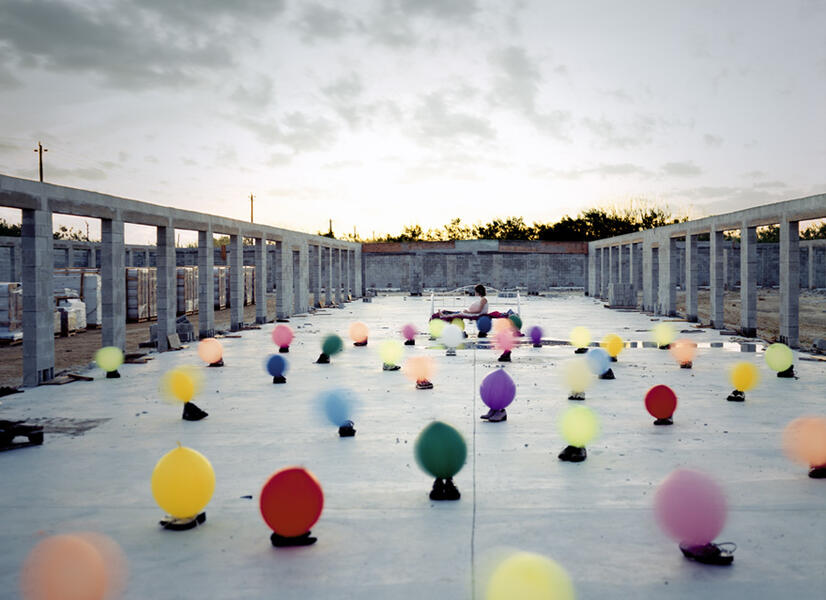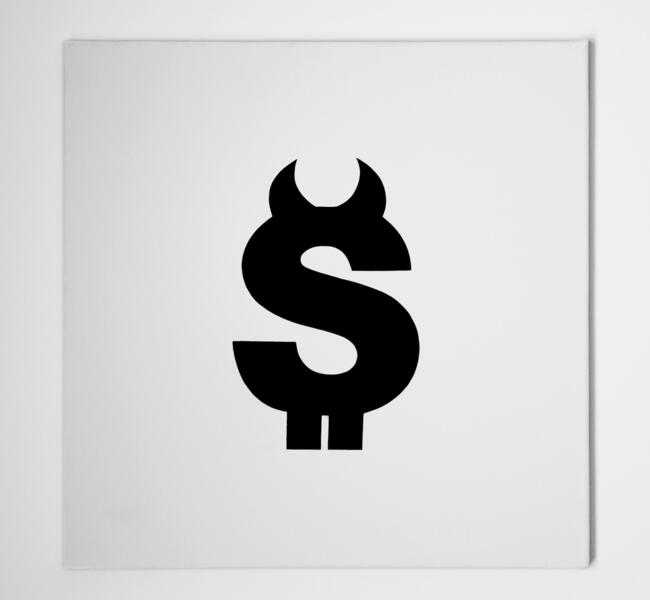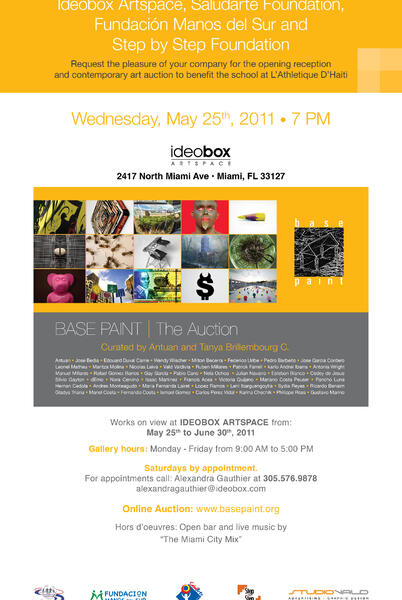Base-Paint: Exhibition-Auction for Haiti.
The event Base Paint: The Auction at IdeoBox Artspace will open to the public on Wednesday, May 25. This innovative Exhibition-Auction sponsored by Saludarte Foundation, Manos del Sur Foundation, the Step by Step Foundation and Ideobox Artspace includes the artwork of more than forty-five artists from different countries. This event will benefit the Base Paint Project consisting on the decoration of ten tents that are already in Haitian territory and will be operating as classrooms this summer. The contemporary art auction and exhibition is open to the public. This project arises form the vital concept that all reconstruction must contemplate primarily the education of those that are young as the only way to guarantee a better future for the country and bring hope to the younger generations.

The funds generated by the project will benefit the arrival and implementation of the classrooms with all the necessary infrastructure, even with the Haitian teachers that should engage in this enterprise of reconstruction of the country, beginning form the inside out, form the soul, and with their sight on the future.
The innovative concept this auction intends not only to raise funds but also to be the bearer of a promotional and educational message. Thus, the works included int he present exhibition respond to many thematic lines such as ecology, violence, corruption, survival, spirituality and literacy, among others.
Due to his dual nature -exhibition and auction- the auction take place during a month and the bids are updated online. If a particular buyer wishes to guarantee the work of art, the buyer can opt for paying a hundred percent of its value, thus reserving the piece in his/her name.
The artwork will then be taken out of the auction but will remain as part of the exhibition until its closing day. The name of the buyer may appear next to the artwork and in the growing list of benefactors that support, through Base Paint, the reconstruction of the brother Caribbean nation.
The artworks included in the present exhibition respond to many thematic lines. Some discourse on the ecology factor. This global problematic is fundamental in the specific case of Haiti for various reasons, primarily because of the water and deforestation.
One of the great urgencies of Haiti after the earthquake is the difficult access to potable water which translates, among other things, into destitute sanitary conditions and the propagation of epidemics like cholera.
The series On The Other Hand, 2010, by Antonia Wright, shows an open hand as in demand, in different scenarios. The artwork chosen for the exhibition presents a hand that stands out in the midst of a vast surface of water. The title of the series as well as the scenarios chosen by the artist call for attention on the different distribution of wealth and the urgent need for solidarity in contemporary society.
A Great Disorder is an Order 3, by Rubén Millares, explores through the video as medium and water as motif, the idea of reconciliation with the natural element and the importance of recycling as the only means of preservation of a world internally concatenated. The poetic interpretation emphasized by the conception in ringlets and the recurrent sound element, constitute an extolling allegory.
On the problem of the ecosystem and reforestation, prominent works are those by Milton Becerra, Karina Chechik, Rafael Gómez Barros, Nela Ochoa, Wendy Wischer, Gustavo Marino, and Isaac Martínez.
Pusichi (Murciélago), 2009, by Becerra, proposes one of his depurated structures in which the combination of natural materials like the stone and wood are subjected to the tension of other materials created by man such as nylon that tightens and binds to silence.
The work by Wendy Wisher stands out by the mystic sense associated to the tree, entity that embodies life and spiritual legacy.
Well known are her interpretations of the tree whose exposed roots talk to us always of vulnerability, avarice and desire, while the treetops overflow with shinning resin, synthetic sequins which by their glimmering quality force us to look and dazzle us.
The survival and the transmission of the myth are indissolubly tied to Haitian popular culture where the syncretism between voodoo, christianity and french masonry are fundamental. In this line are the works of José Bedia, Julian Navarro and Antuán Rodríguez, included in the present exhibition.
The effectiveness of the help offered to Haiti has been repeatedly questioned, and many are the aspects that derive from this problematic. On this point, the works of Francis Acea, Esteban Blanco, Manel Costa, Cedey de Jesús, Maria Fernanda Lairet, Rafael López Ramos, Ruben Millares, Sydia Reyes, among others, stand out.
Bridge, 2010, by Reyes, proposes a graceful sculpture where the bridge and ladder at once become an organic entity. At times it would seem like a DNA chain that emphasizes the component common to the two ends of the bridge which is definitely the human being, appealing in this way to essential values such as solidarity and ethics.
Mirroring Nature, by Rafael López Ramos, discourses on the illusion that a consumer society generates and how our own perception conceived on the basis of artificial necessities is distorted. A reflection of nature in the machine is a metaphor of its impact on the ecosystem, while pointing out the environmental issue so cherished by the project at hand.
Without doubt, the problematic of education becomes fundamental in Base Paint-Aunction being this the central motivation of the project. Prominent in this sense are the proposals by Ricardo Benai, Hernán Cédola, Pancho Luna, Manuel Millares, Federico Uribe and Pedro Valdivia.
On the basis of the extended practice of the Do-it-your-self (D.I.Y.), Uribe presents a suggestive work of this same title. The installation, composed by open books in the form of a diamond, is a playful interpretation of the need to embark on the path of education as the only means to pave one’s own way to a future. From a formal point of view, the work stands out by its level of synthesis and plasticity.
Other poetic pieces included in the exhibition are more difficult to affiliate to a concrete directive. They are, however, expression of a hopeful message in search of liberty. Here, the works by Silvio Gayton, Victoria Quijano, Nora Cerviño, Gay García, Ismael Gómez Peralta, Nicolás Leiva, Leonel Matheu, Manuel Millares, and Maritza Molina, among others.








